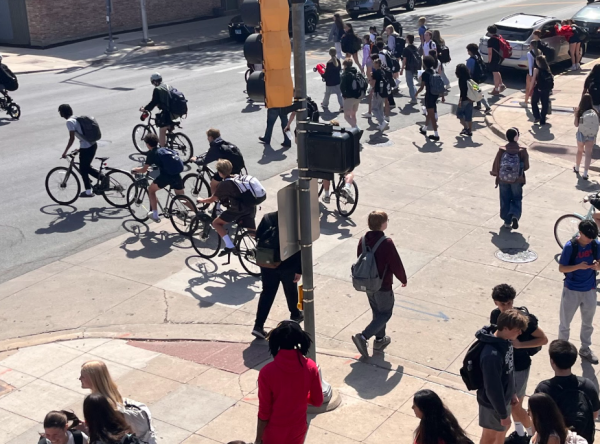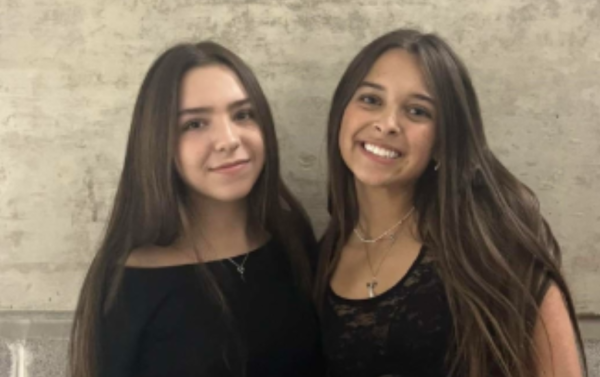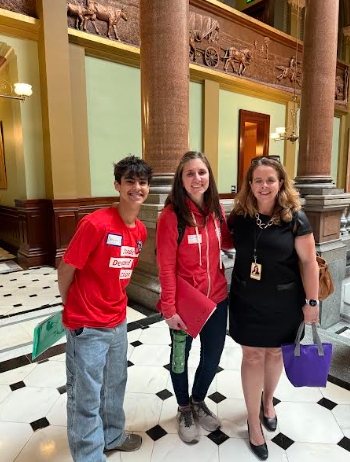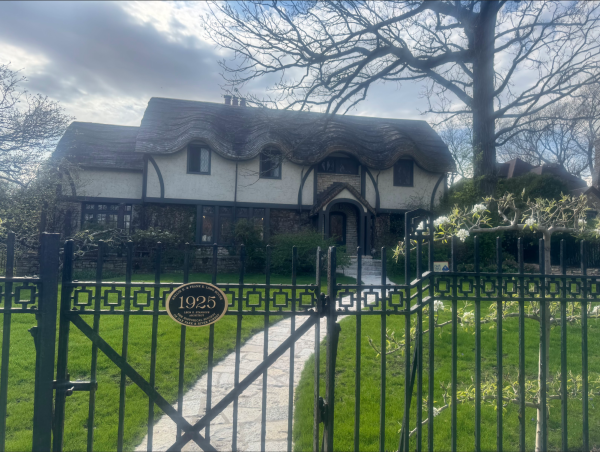Environmental science teachers guide students with personal passion
When visiting Michelle Zhang’s classroom, it is not out of the ordinary to see her scrubbing Toph, the turtle, with a toothbrush. This kind of hands-on, nature-focused activity is a hallmark of environmental science education at Oak Park and River Forest High School.
The environmental science department has three teachers: Zhang, Kelsey Kaiser and Alexandra Silva. Their common goal: to share with students their passion for the subject.
Kaiser, who teaches AP Environmental Science, first found her passion for the subject in her youth, growing up in Minnesota. “All of our family trips kind of revolved around…some sort of outdoor activity, like hiking,” she recalled.
Kaiser didn’t know right away that teaching was her path in life. “I knew I wanted to work with animals,” she said. “And I wanted to be hands-on in the industry before I taught.” Kaiser worked in aquariums before teaching, where she was a diver and cleaned exhibits.
Kaiser came to the conclusion that teaching was for her because of its benefits. “I thought of teaching as like a really good career for also having a family,” she said. Kaiser has two children ages 5 and 8.
Finding teaching along the journey to a different destination seems to be the theme in this division.
Silva started her career with animals in the forefront. “I’ve always been a big animal person, and I think I probably watched “The Lion King” too many times as a kid,” she said.
Silva thought her passion for animals would lead her to become a vet, but a bigger calling found her. “I was not interested in working with the puppies and kittens of the world,” she said. “I wanted to go work in wildlife.”
She widened her scope of study to environmentalism when she found this bigger calling. “It doesn’t matter if you rehab them if there’s no space left for them to go,” she said. “Yep, so I kind of started seeing a bigger picture.”
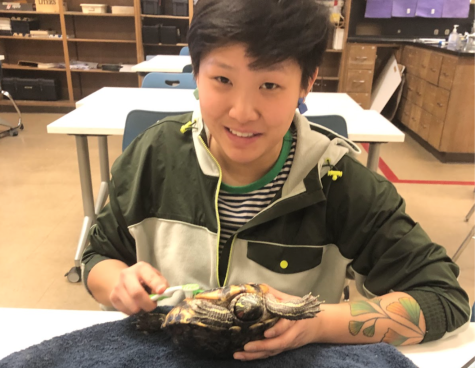
“We have to conserve where they live in order to conserve them,” she added.
Zhang, on the other hand, felt drawn to chemistry and drug development. “I was really excited about…the idea of not being a doctor, but…being in medicine and helping people that way,” they said.
Zhang’s path to teaching was left more up to fate. “It wasn’t really intentional,” they said. “I just stumbled across a teaching program that I was like, ‘this sounds really cool.’”
Although the actual program was “stumbled” upon, Zhang always knew they wanted to help others. “That was probably what led me into an interest in science, and teaching,” they said.
Silva has the hope that her students can be well informed to create change in the future; as the adage goes, they are the future. “[Students] in the United States are going to go on to lead businesses and governments that make the policies that impact those other people,” she said. “So we have to make sure that people in charge are well informed, and hopefully, empathetic.”
Students also feel the impact of these teachers’ methods. Senior Macy Shunmugam, a student of Kaiser’s, said she appreciated that her teacher “wants us to do hands-on extra credit opportunities.” The underlying goal of this department, said Kaiser, is “giving kids a foundational understanding of environmental science.”

